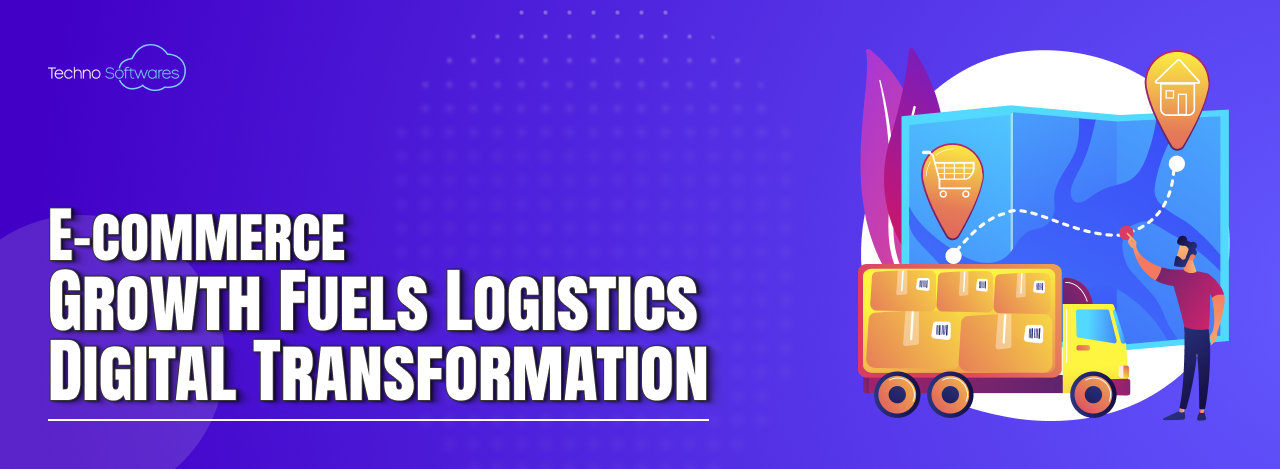Step-by-Step Guide to Travelocity API Integration
In the ever-evolving landscape of travel technology, the Travelocity API stands out as a powerful tool that enables developers to integrate travel-related functionalities into their applications. By leveraging this API, we can access a wealth of travel data, including flight information, hotel bookings, car rentals, and vacation packages. This integration not only enhances user experience but also allows us to offer personalized travel solutions tailored to individual preferences.
As we delve deeper into the workings of the Travelocity API, we begin to appreciate its potential to transform how we interact with travel services. The API operates on a RESTful architecture, which means it uses standard HTTP methods for communication. This design choice makes it accessible and easy to use for developers familiar with web technologies.
By sending requests to specific endpoints, we can retrieve or manipulate data related to travel services. The flexibility of the API allows us to create applications that can search for flights, compare prices, and even manage bookings—all in real-time. Understanding the capabilities and limitations of the Travelocity API is crucial for us as we embark on the journey of integrating it into our projects.
Key Takeaways
- Travelocity API allows developers to access and integrate travel booking data and functionality into their own applications.
- Setting up Travelocity API integration involves creating an account, obtaining API credentials, and configuring endpoints for data retrieval.
- Accessing Travelocity API documentation is essential for understanding the available endpoints, request parameters, and response formats.
- Generating an API key for Travelocity is necessary to authenticate and authorize API requests for accessing travel data.
- Implementing Travelocity API endpoints involves making HTTP requests to the API using the appropriate authentication and parameters.
- Testing Travelocity API integration is crucial to ensure that the data retrieval and functionality work as expected in the application.
- Troubleshooting Travelocity API integration may involve checking for errors in API requests, handling rate limits, and resolving connectivity issues.
- Getting help from Techno Softwares can provide support and guidance for integrating and troubleshooting Travelocity API in your application.
Setting up Travelocity API Integration
To begin our integration with the Travelocity API, we must first establish a development environment that supports API interactions. This involves selecting a programming language and framework that aligns with our project requirements. Whether we choose Python, JavaScript, or another language, we need to ensure that our environment is equipped with the necessary libraries for making HTTP requests and handling JSON data.
Once our environment is set up, we can proceed to configure our application to communicate with the Travelocity API. Next, we need to register our application with Travelocity to obtain the necessary credentials for accessing the API. This process typically involves creating an account on the Travelocity developer portal and providing details about our application.
After registration, we will receive an API key that serves as a unique identifier for our application. This key is essential for authenticating our requests and ensuring that we have permission to access the data provided by the API. With our development environment ready and our credentials in hand, we are well on our way to integrating the Travelocity API into our application.
Accessing Travelocity API Documentation

A critical step in our integration process is familiarizing ourselves with the Travelocity API documentation. This comprehensive resource provides detailed information about the available endpoints, request parameters, response formats, and error codes. By thoroughly reviewing the documentation, we can gain insights into how to effectively utilize the API’s features and avoid common pitfalls.
The documentation often includes code examples and best practices that can serve as valuable references as we develop our application. Moreover, understanding the structure of the API responses is vital for us to parse and utilize the data effectively. The documentation typically outlines the various data fields returned by each endpoint, allowing us to identify which pieces of information are relevant to our application’s functionality.
By taking the time to study the documentation carefully, we can streamline our development process and ensure that we are making optimal use of the Travelocity API’s capabilities.
Generating API Key for Travelocity
Generating an API key is a crucial step in gaining access to the Travelocity API. After registering our application on the developer portal, we will be guided through a straightforward process to create our unique key. This key acts as a security measure, ensuring that only authorized applications can access the API’s resources.
It is essential for us to keep this key confidential and secure, as it grants access to sensitive travel data. Once we have generated our API key, we can incorporate it into our application’s codebase. Typically, this involves including the key in the headers of our HTTP requests or as a query parameter in our API calls.
By doing so, we authenticate ourselves as legitimate users of the API and enable seamless communication between our application and Travelocity’s servers. As we proceed with our integration, we must remain vigilant about managing our API key responsibly to prevent unauthorized access and potential misuse.
Implementing Travelocity API Endpoints
With our API key in place, we can now begin implementing various endpoints provided by the Travelocity API. Each endpoint serves a specific purpose, such as searching for flights, retrieving hotel details, or checking car rental availability. As we explore these endpoints, we can determine which ones align with our application’s goals and user needs.
For instance, if we are developing a travel booking platform, integrating flight search and hotel booking endpoints would be essential. When implementing these endpoints, we need to construct our HTTP requests carefully, ensuring that we include all required parameters and headers. Additionally, handling responses effectively is crucial; this involves parsing JSON data and extracting relevant information for display within our application.
By systematically implementing each endpoint and testing its functionality, we can build a robust integration that enhances user experience and provides valuable travel services.
Testing Travelocity API Integration

Testing is an integral part of our development process when integrating with the Travelocity API. We must ensure that each endpoint functions correctly and returns accurate data before deploying our application. This involves creating test cases that simulate various scenarios users might encounter while interacting with our application.
For example, we can test how our application handles successful flight searches versus scenarios where no results are found. Moreover, it is essential for us to monitor error responses from the API during testing. Understanding how to handle different error codes will allow us to implement appropriate fallback mechanisms within our application.
By conducting thorough testing of our integration, we can identify any issues early on and make necessary adjustments before launching our product to users. This proactive approach not only enhances reliability but also builds user trust in our application.
Troubleshooting Travelocity API Integration
Despite careful planning and implementation, challenges may arise during our integration with the Travelocity API. Common issues include authentication errors due to incorrect API keys or problems with request formatting that lead to unexpected responses. When faced with such challenges, it is important for us to approach troubleshooting methodically.
We can start by reviewing error messages returned by the API and cross-referencing them with the documentation to identify potential causes. Additionally, utilizing debugging tools can help us trace requests and responses in real-time, allowing us to pinpoint where things may be going wrong. If we encounter persistent issues that we cannot resolve independently, reaching out to developer communities or forums can provide valuable insights from others who have faced similar challenges.
By maintaining a problem-solving mindset and leveraging available resources, we can overcome obstacles in our integration journey.
Getting Help from Techno Softwares
As we navigate the complexities of integrating with the Travelocity API, seeking assistance from experienced professionals can be invaluable. Techno Softwares offers specialized services in travel technology solutions and can provide expert guidance throughout our integration process. Their team of developers understands the intricacies of working with APIs and can help us optimize our implementation for better performance and reliability.
By collaborating with Techno Softwares, we gain access to a wealth of knowledge and resources that can accelerate our development timeline. Whether we need help troubleshooting issues or require assistance in implementing advanced features, their expertise can make a significant difference in achieving our project goals. Ultimately, partnering with a knowledgeable team allows us to focus on delivering an exceptional user experience while ensuring that our integration with the Travelocity API is seamless and effective.
If you are interested in learning more about the benefits of ERP systems and why they are considered the best solution for businesses, check out this informative article on Why ERP and What Makes it the Best. Additionally, if you are looking for a reliable Flutter app development company, Techno Softwares can help you find the right one with their article on Finding the Right Flutter App Development Company. And if you are struggling with optimizing your Shopify store’s performance, their article on Shopify Store Performance Optimization offers valuable insights and tips. Don’t hesitate to reach out to Techno Softwares for assistance with any of these topics.
FAQs
What is Travelocity API Integration?
Travelocity API Integration is the process of connecting a website or application to Travelocity’s database and services, allowing users to search for and book flights, hotels, car rentals, and other travel services directly from the website or application.
What are the benefits of Travelocity API Integration?
The benefits of Travelocity API Integration include access to a wide range of travel services and options, real-time availability and pricing information, seamless booking and payment processes, and the ability to offer a comprehensive travel booking experience to users.
How can Techno Softwares help with Travelocity API Integration?
Techno Softwares is a software development company that specializes in API integration. They can help businesses integrate the Travelocity API into their website or application, ensuring a smooth and efficient process for users to search for and book travel services.
What are the steps involved in Travelocity API Integration?
The steps involved in Travelocity API Integration include obtaining API credentials from Travelocity, understanding the API documentation and endpoints, developing the integration code, testing the integration for functionality and performance, and deploying the integrated solution for users to access.





